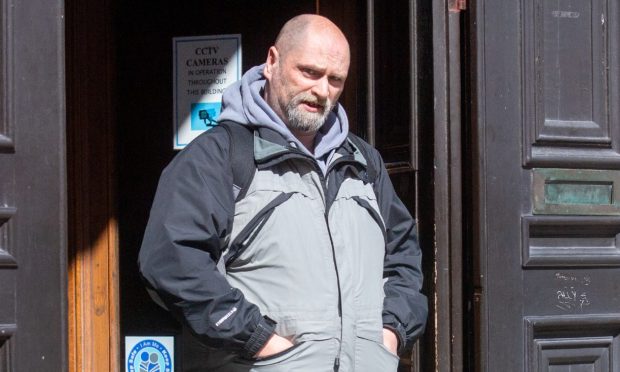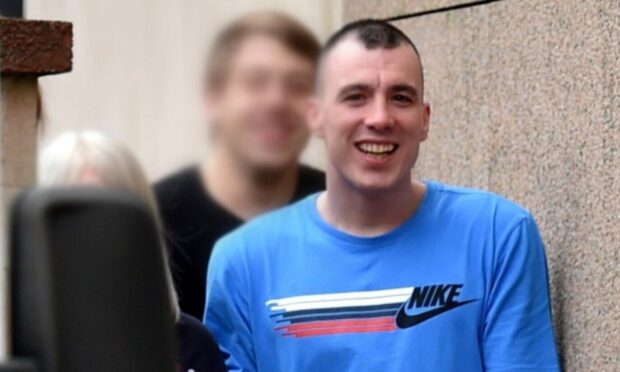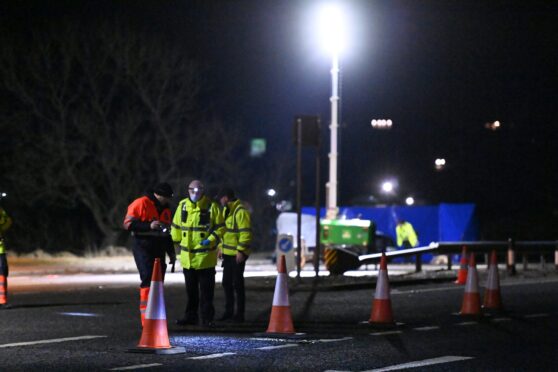A priest denied he was “a monster on the loose who exploded with temper” as he punished pupils at a Catholic boarding school.
Thomas Seed, an 83-year-old former monk who taught at Fort Augustus Abbey, was giving evidence during the third day of his trial in which he denies assaulting eight boys in his charge.
A jury was told by five former pupils that Seed, also known as Father Benedict, would cane or belt them until they bled, with one accusing him of using a spiked golf shoe.
The boys, now adults, were aged between 11 and 15 at the time, and claimed Seed was excessive in his use of the cane or tawse. They also accused him of being “in an uncontrollable rage.”
However asked by his defence counsel, John Campbell QC: “You have been characterised as an intemperate, quick to anger, aggressive and disproportionate with your punishment man – a monster on the loose who explodes with temper.
“Does that ring true for you?” Mr Campbell asked.
Seed replied: “No. It is not me. I could have been impatient or mistaken. None of us are perfect all the time.”
But the former monk conceded: “I think there may have been some times that I could have been excessive but not all the time. That is not my general character. No.”
Seed added that after he had been a housemaster at the school, he was promoted to headmaster.
“The housemasters gave corporal punishment. The headmaster did not. Another monk told me that I was the one who abolished corporal punishment at the Abbey. But I don’t remember that.”
A police interview given by Seed who was himself a former Abbey school pupil from 1942, was read out to the trial earlier.
In it he revealed that when he was a pupil at the Abbey, he was caned for 40 successive days.
He also told officers that when he became a housemaster, to test the tawses (leather belts) that he had bought, he would try them out on himself, adding: “They weren’t that bad.”
He also insisted that the pupils preferred the “short sharp punishment of the tawse” rather than the alternatives of lines, detention or physical labour like weeding or going for a half hour walk.
The priest denied knowledge of all allegations but one.
In businessman Paul Curran’s case, who was the first to tell the trial that his wrists bled after a belting from Seed, Father Benedict denied he had been excessive.
Mr Curran told the jury that he was belted until his hands bled and the monk was in “a rage”.
Father Benedict remembered Mr Curran, that he had belted him and said he was “high-spirited” but “a good influence on the school”.
However he denied that he had lost control.
The trial continues.










